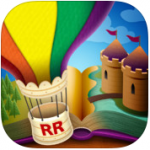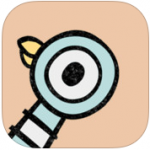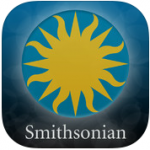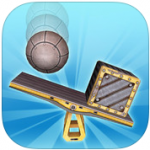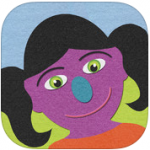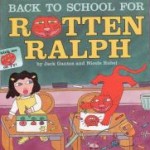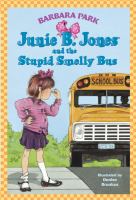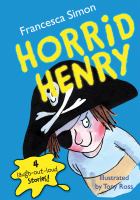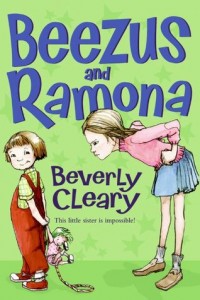By Leslie Grant, Graduate Assistant, McLure Education Library
 We were saddened to learn of the death of Walter Dean Myers last July. Last month friends, family, colleagues, and others gathered for an event in his honor featuring readings, speeches, and performances. You can more about the event in the Publisher’s Weekly article “Celebrating the Legacy of Walter Dean Myers.” Myers was a prolific author, writing over one hundred books, including picture books, young adult novels, and nonfiction. He received several awards for his writing, including the Margaret Edwards Award, the Michael L. Printz Award, and the Coretta Scott King Award. For those interested in reading or rereading his work, we have several of his titles available at our library:
We were saddened to learn of the death of Walter Dean Myers last July. Last month friends, family, colleagues, and others gathered for an event in his honor featuring readings, speeches, and performances. You can more about the event in the Publisher’s Weekly article “Celebrating the Legacy of Walter Dean Myers.” Myers was a prolific author, writing over one hundred books, including picture books, young adult novels, and nonfiction. He received several awards for his writing, including the Margaret Edwards Award, the Michael L. Printz Award, and the Coretta Scott King Award. For those interested in reading or rereading his work, we have several of his titles available at our library:
- 145th Street: Short Stories (PZ7.M992 Aae 2000)
- Amistad: A Long Road to Freedom (E447 .M94 1998)
- Angel to Angel: A Mother’s Gift of Love (PS3563.Y48 A84 1998)
- Antarctica: Journeys to the South Pole (G863 .M94 2004)
- At Her Majesty’s Request: An African Princess in Victorian England (DA565.F67 M94 1999)
- Bad Boy: A Memoir (PS3563.Y48 Z47 2001)
- Beast (PZ7.M992 Be 2003)
- Black Pearl and the Ghost (PZ7.M992 Bl 1980)
- Blues Journey (PZ7.M94 B58 2003)
- Brown Angels: An Album of Pictures and Verse (PS3563.Y48 B76 1993)
- Darius & Twig (PZ7.M992 Dap 2013)
- Dragon Takes a Wife (PZ8.M987 Dr)
- Dream Bearer (PZ7.M992 Dr 2003)
- Fallen Angels (PZ7.M992 Fal 1988)
- Fast Sam, Cool Clyde, and Stuff (PZ7.M992 Fas)
- Fly, Jimmy, Fly! (PZ7.M992 Fl)
- Glory Field (PZ7.M992 Gl 1994)
- Greatest: Muhammad Ali (GV1132.A44 M94 2001)
- Harlem: A Poem (PS3563.Y48 H37 1997)
- Here in Harlem: Poems in Many Voices (PS3563.Y48 H47 2004)
- Hoops (PZ7.M992 Ho)
- How Mr. Monkey Saw the Whole World (PZ7.M992 Hr 1996)
- Ida B. Wells: Let the Truth Be Told (E185.97.W55 M94 2008)
- Invasion (PZ7.M992 Inv 2013)
- It Ain’t All for Nothin’ (PZ7.M992 It 1978)
- I’ve Seen the Promised Land: The Life of Dr. Martin Luther King, Jr. (E185.97.K5 M936 2004)
- Jazz (PZ8.3.M9954 Jaz 2006)
- Journal of Joshua Loper: A Black Cowboy (PZ7.M992 Jo 1999)
- Journal of Scott Pendleton Collins: A World War II Soldier (PZ7.M992 Jp 1999)
- Legend of Tarik (PZ7.M992 Le 1981)
- Lockdown (PZ7.M992 Lo 2010)
- Looking Like Me (PZ7.M992 Loo 2009)
- Malcolm X: By Any Means Necessary (BP223.Z8 L5764 1993)
- Me, Mop, and the Moondance Kid (PZ7.M992 Me 1988)
- Monster (PZ7.M992 Mon 1999)
- Motown and Didi: A Love Story (PZ7.M992 Mot 1984)
- Now Is Your Time!: The African-American Struggle for Freedom (E185 .M96 1991)
- Outside Shot (PZ7.M992 Ou 1984)
- Patrol: An American Soldier in Vietnam (PZ7.M992 Pat 2002)
- Righteous Revenge of Artemis Bonner (PZ7.M992 Ri 1992)
- Scorpions (PZ7.M992 Sc 1988)
- Slam! (PZ7.M992 Sl 1996)
- Somewhere in the Darkness (PZ7.M992 So 1992)
- Sunrise Over Fallujah (PZ7.M992 Su 2008)
- Toussaint L’Ouverture: The Fight for Haiti’s Freedom (F1923.T69 M94 1996)
- What They Found: Love on 145th Street (PZ7.M992 Wgr 2007)
- Won’t Know Till I Get There (PZ7.M992 Wo 1982)
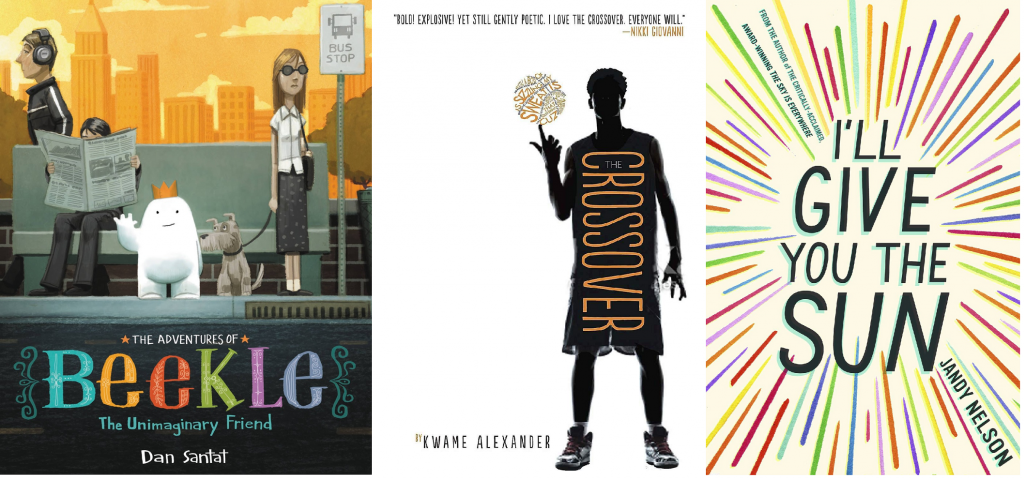
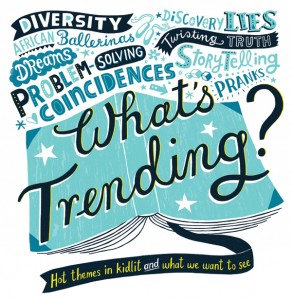



 he House of the Scorpion series
he House of the Scorpion series 



















